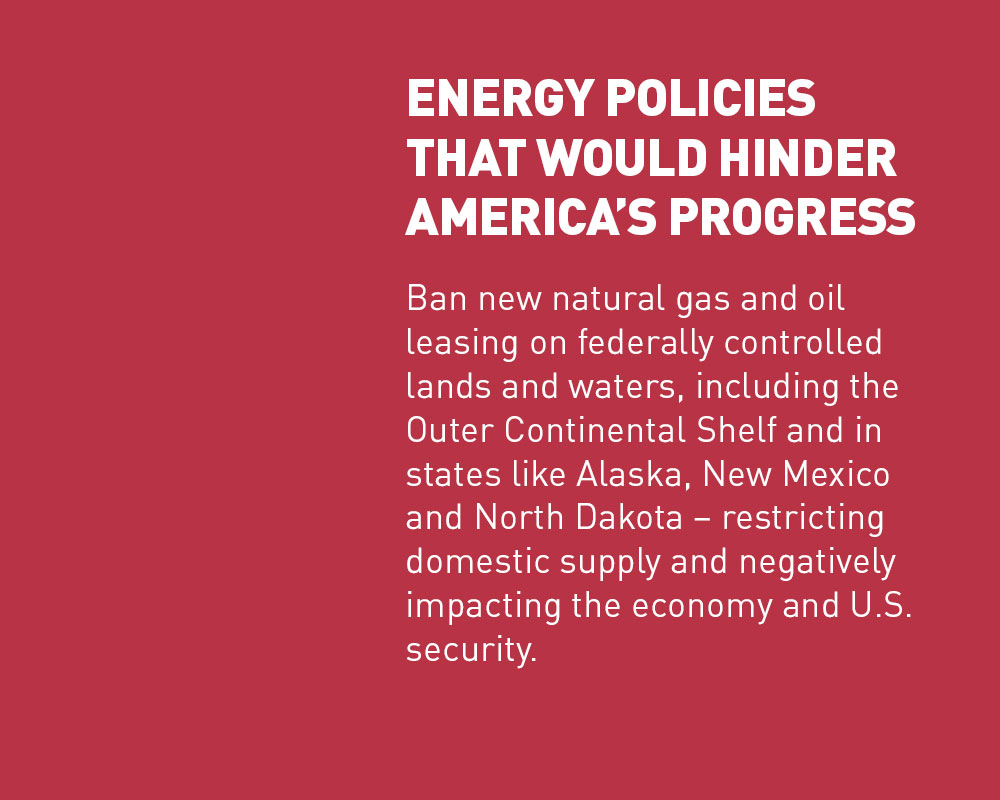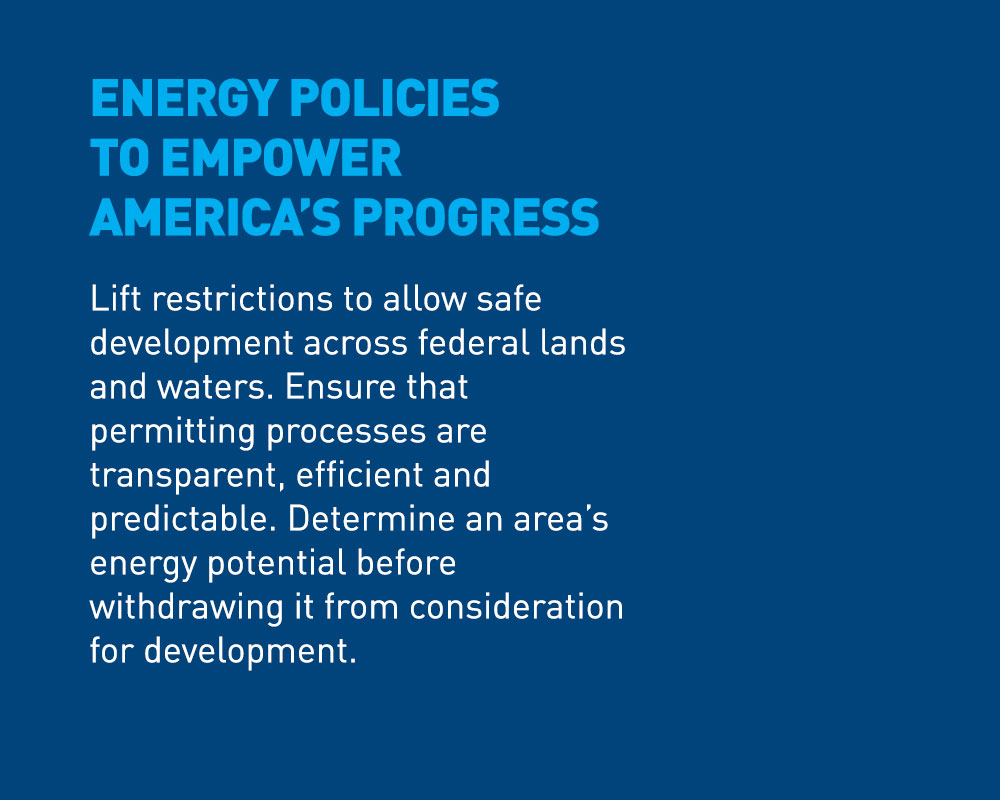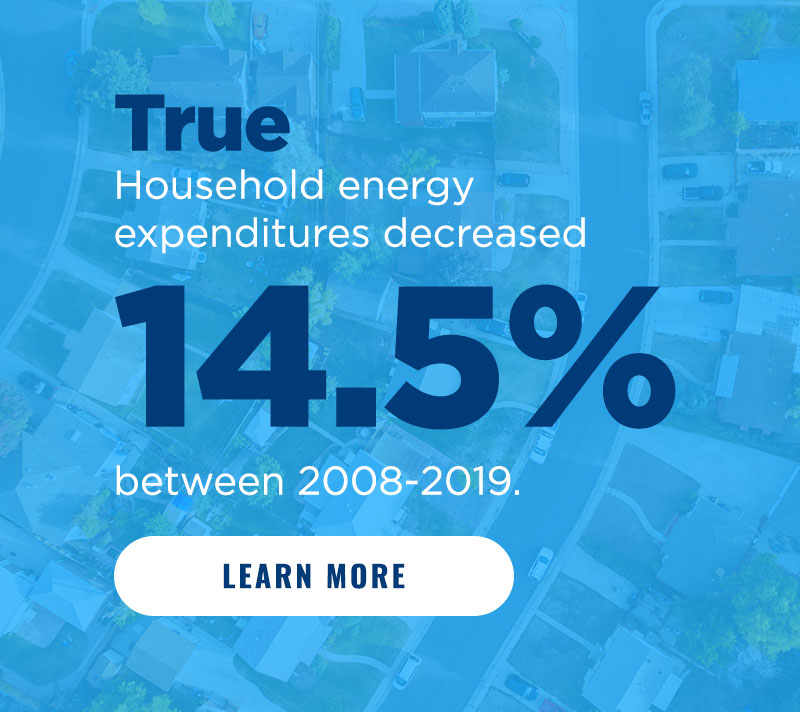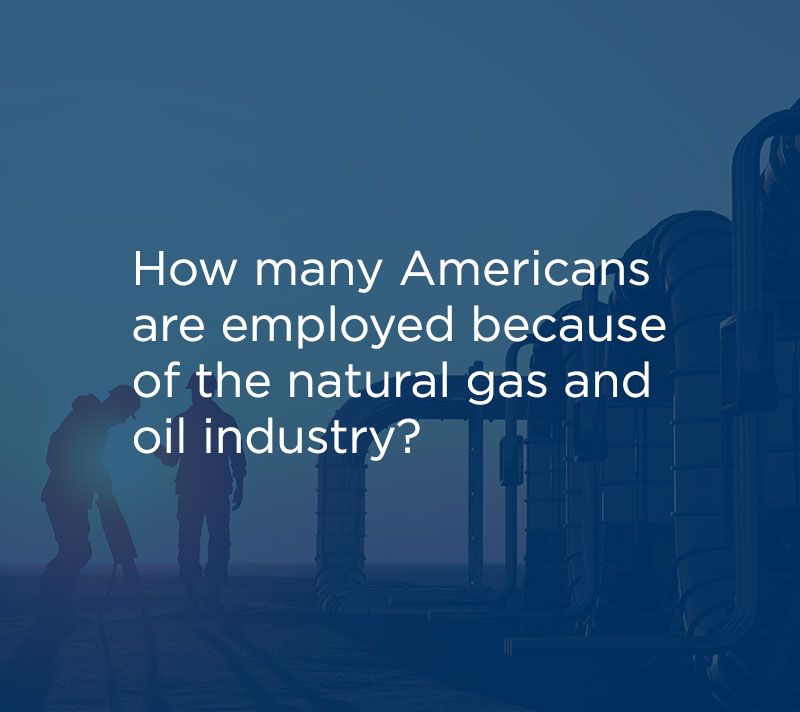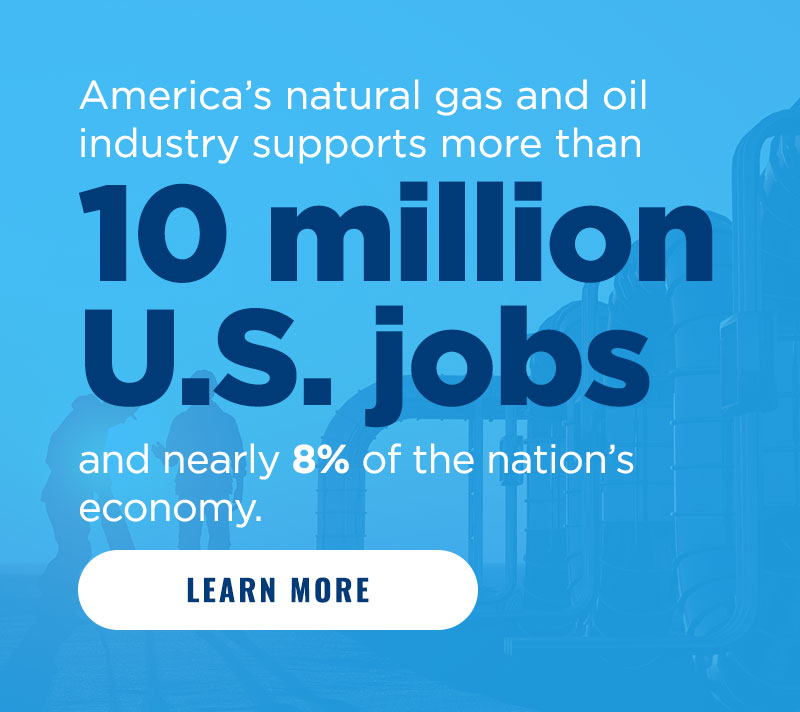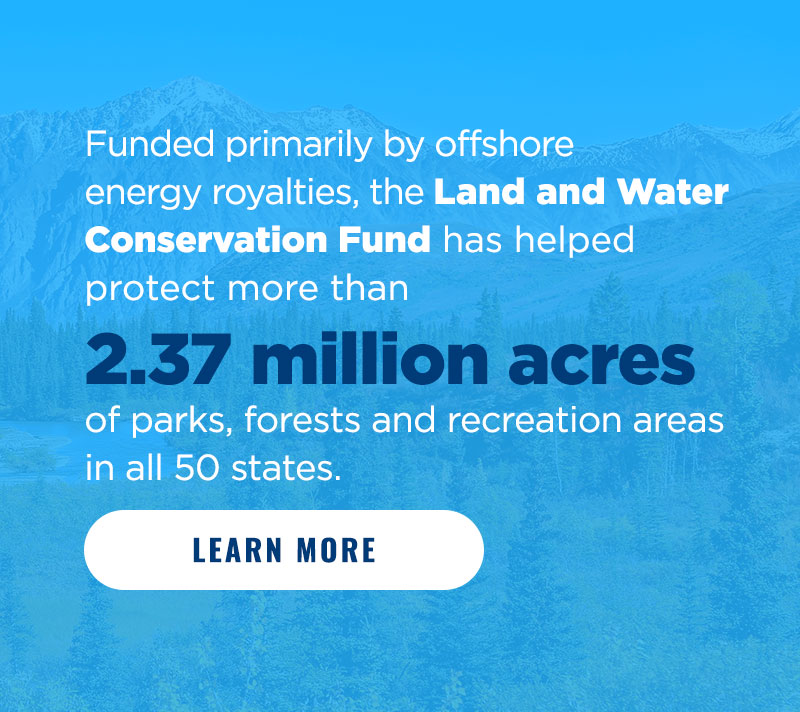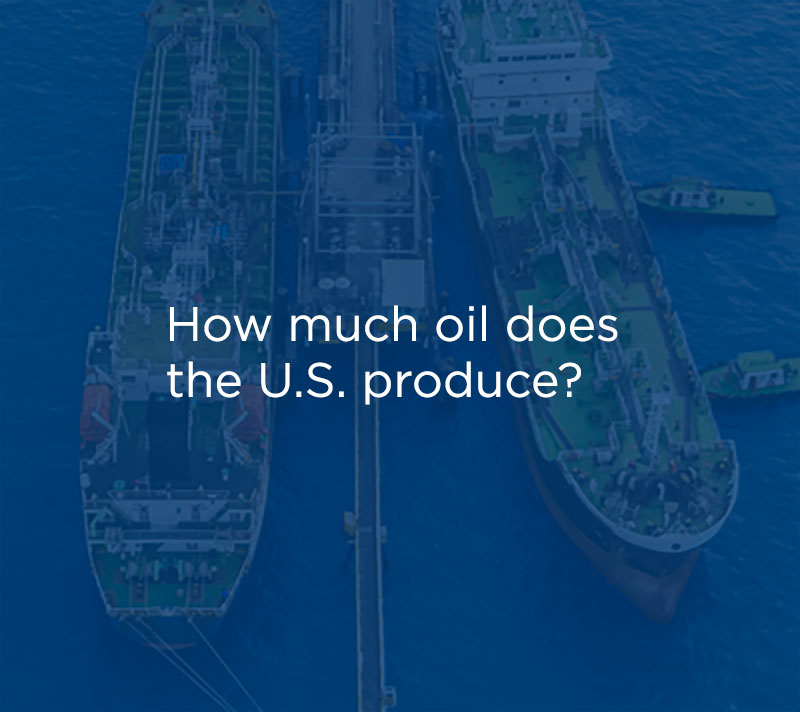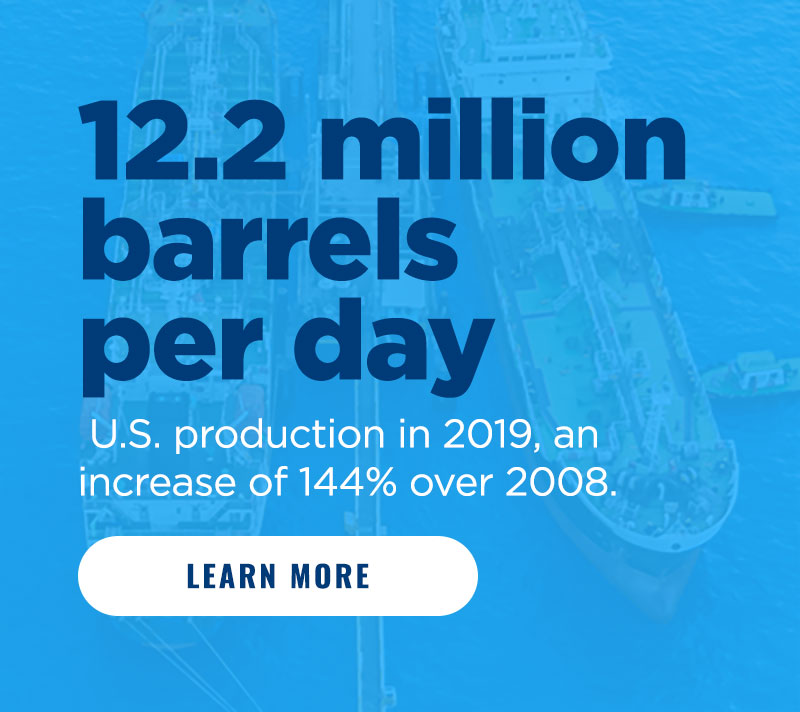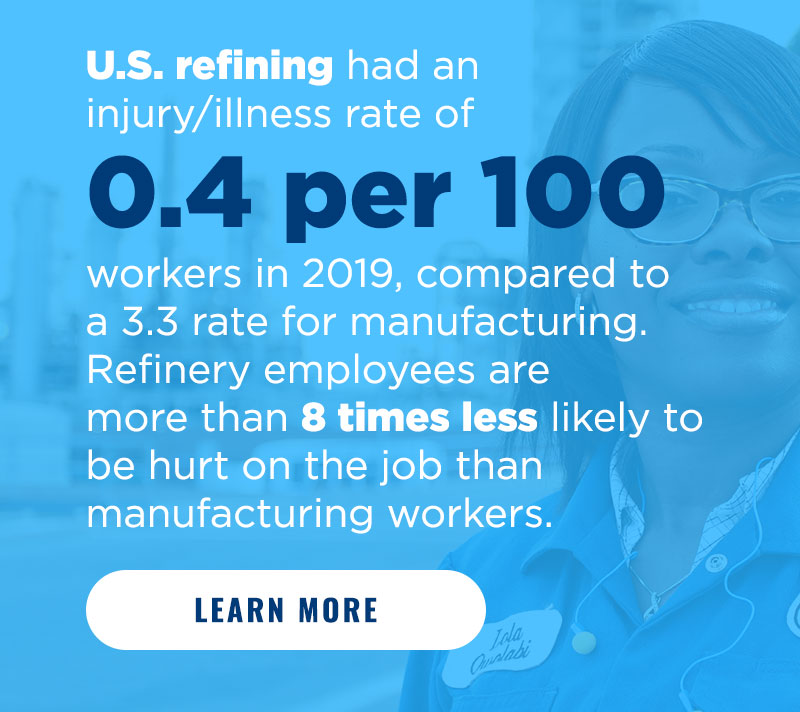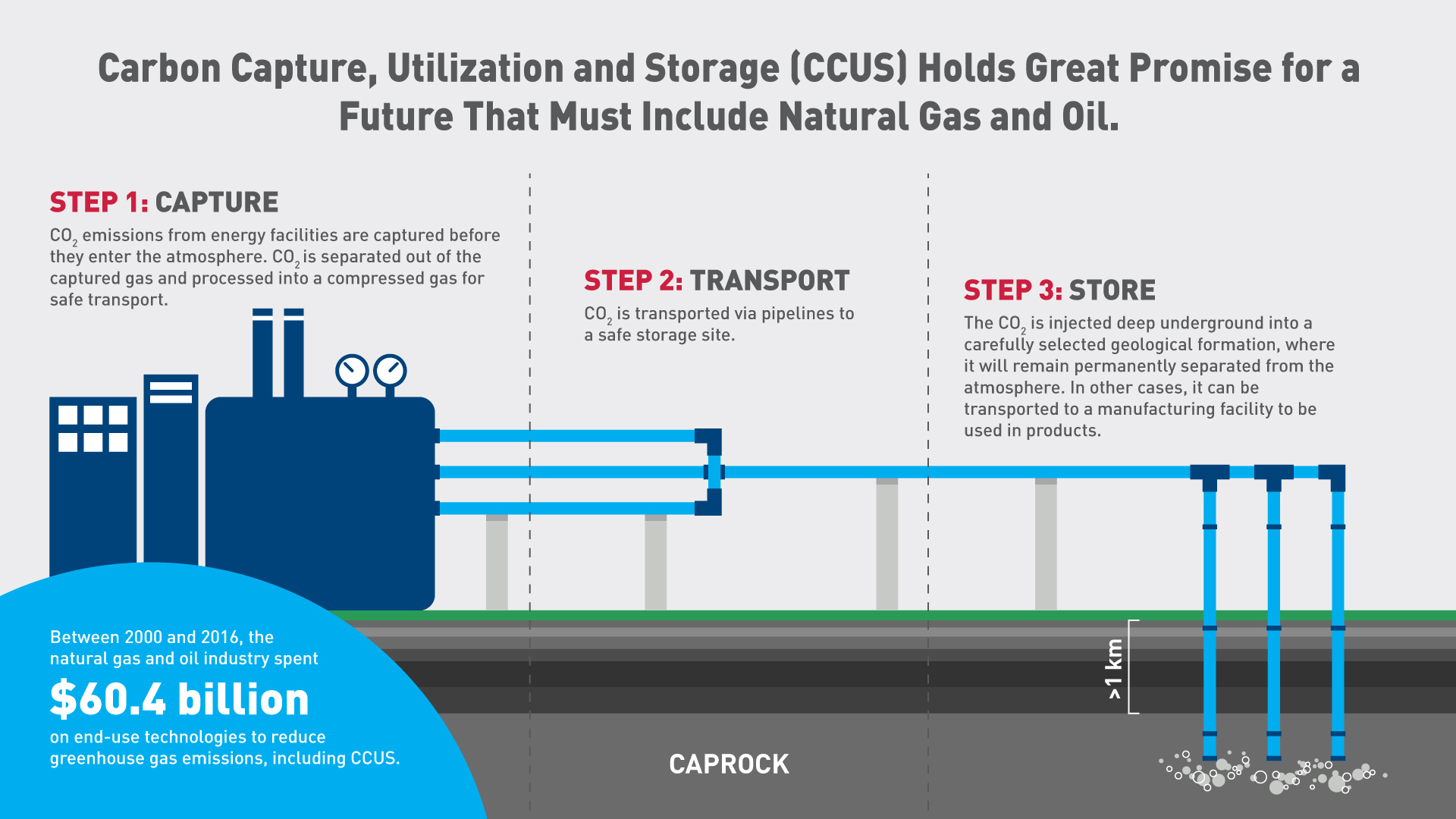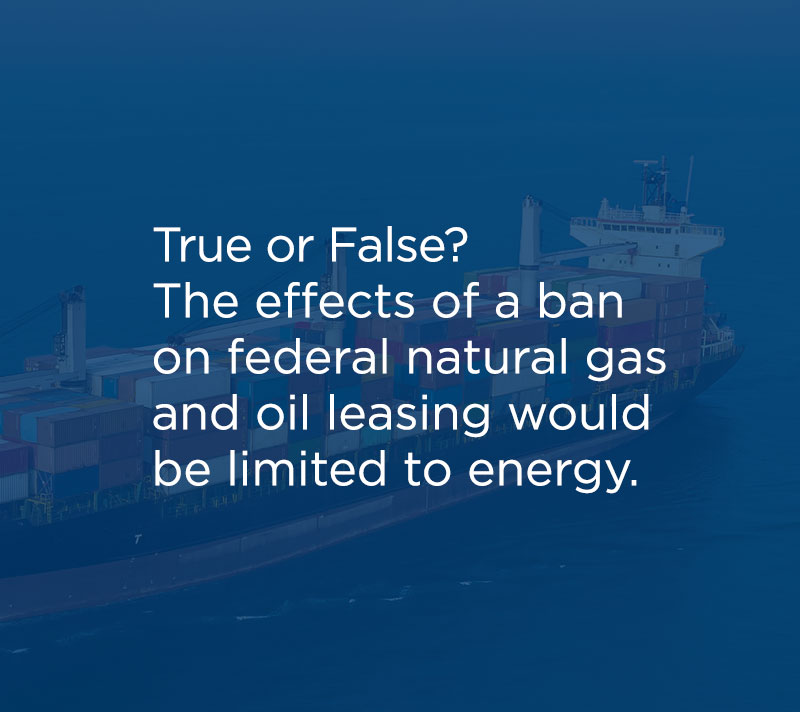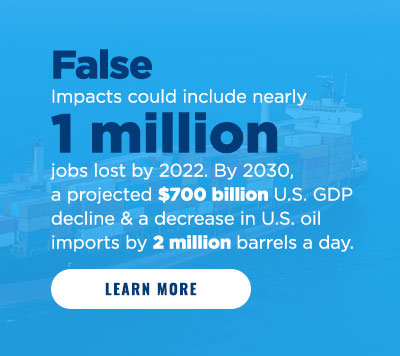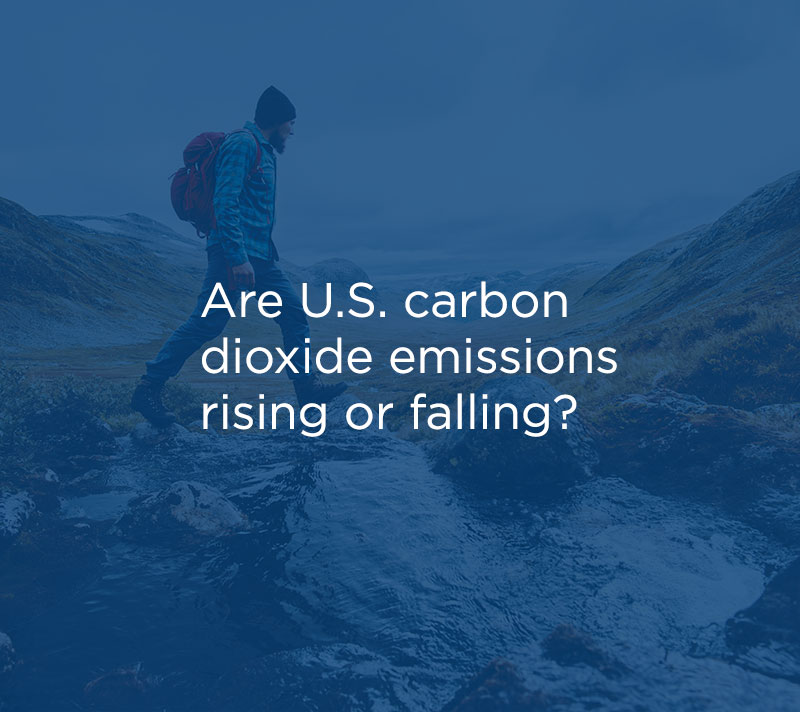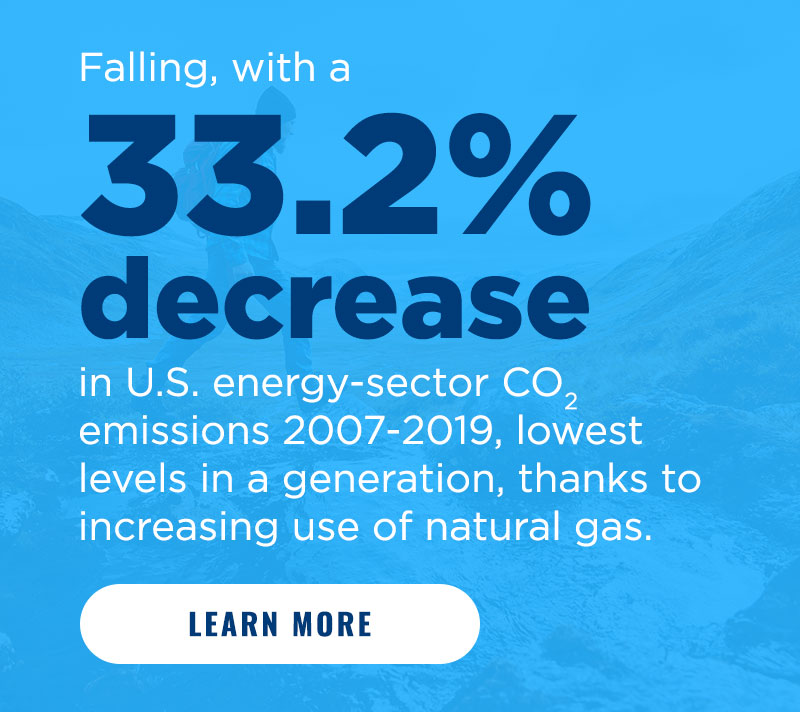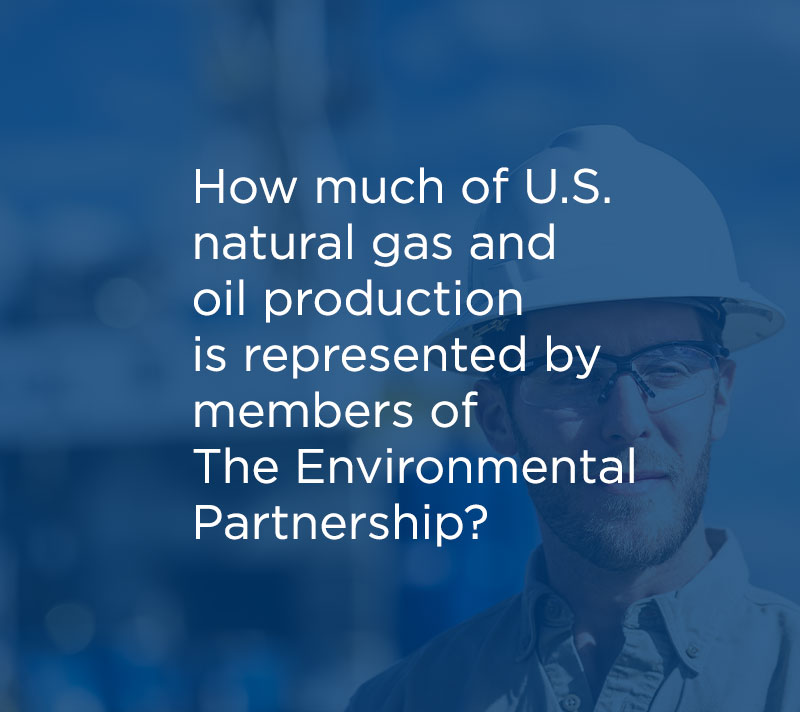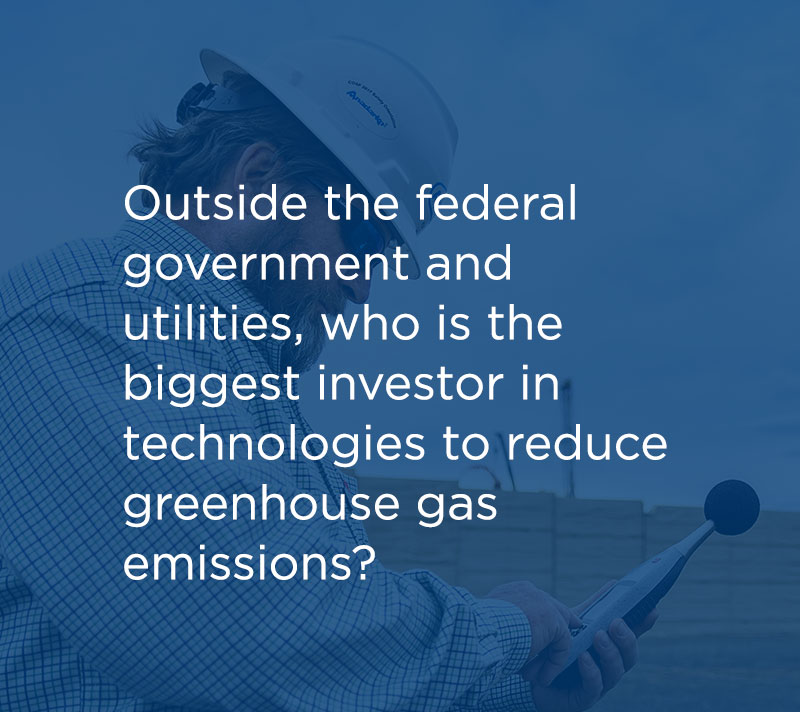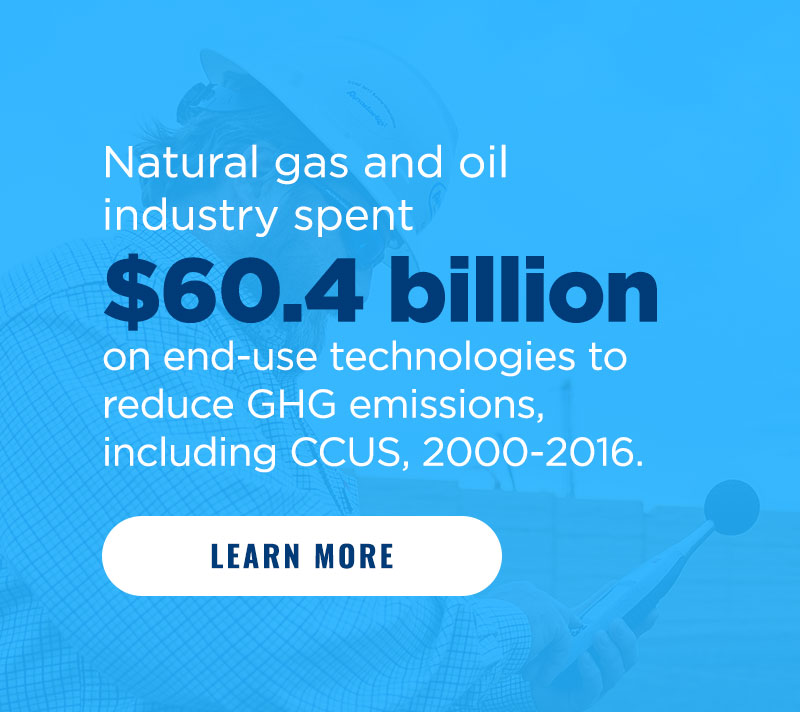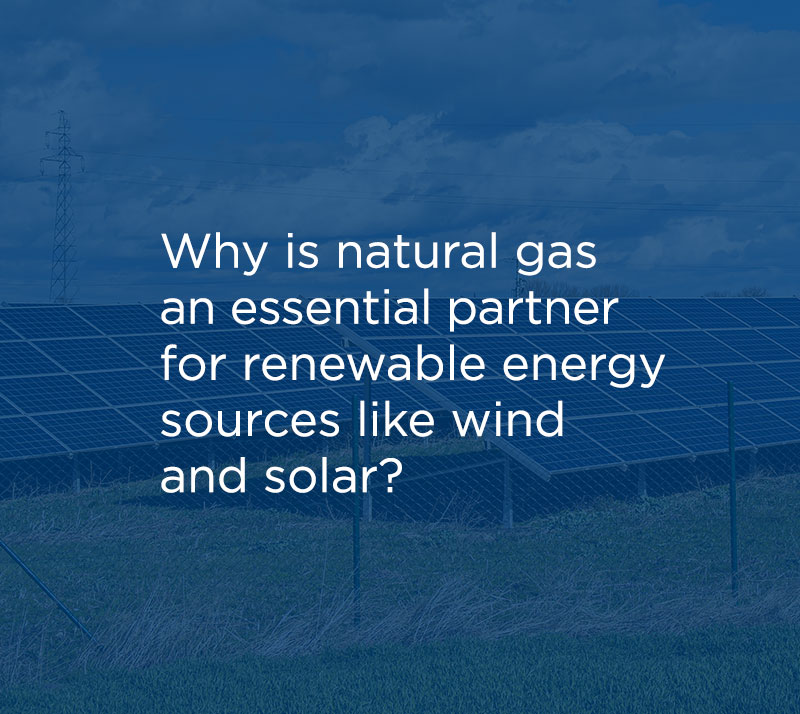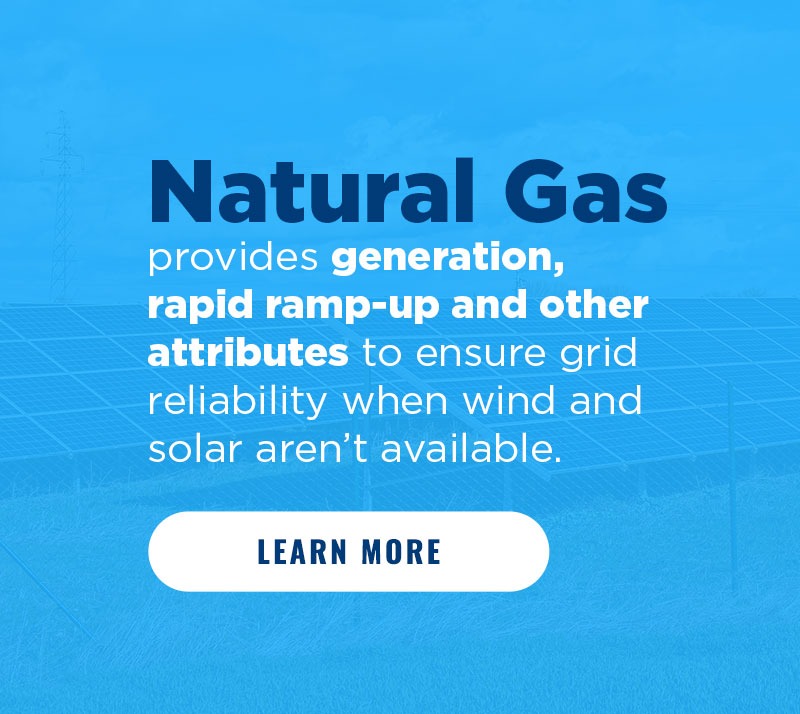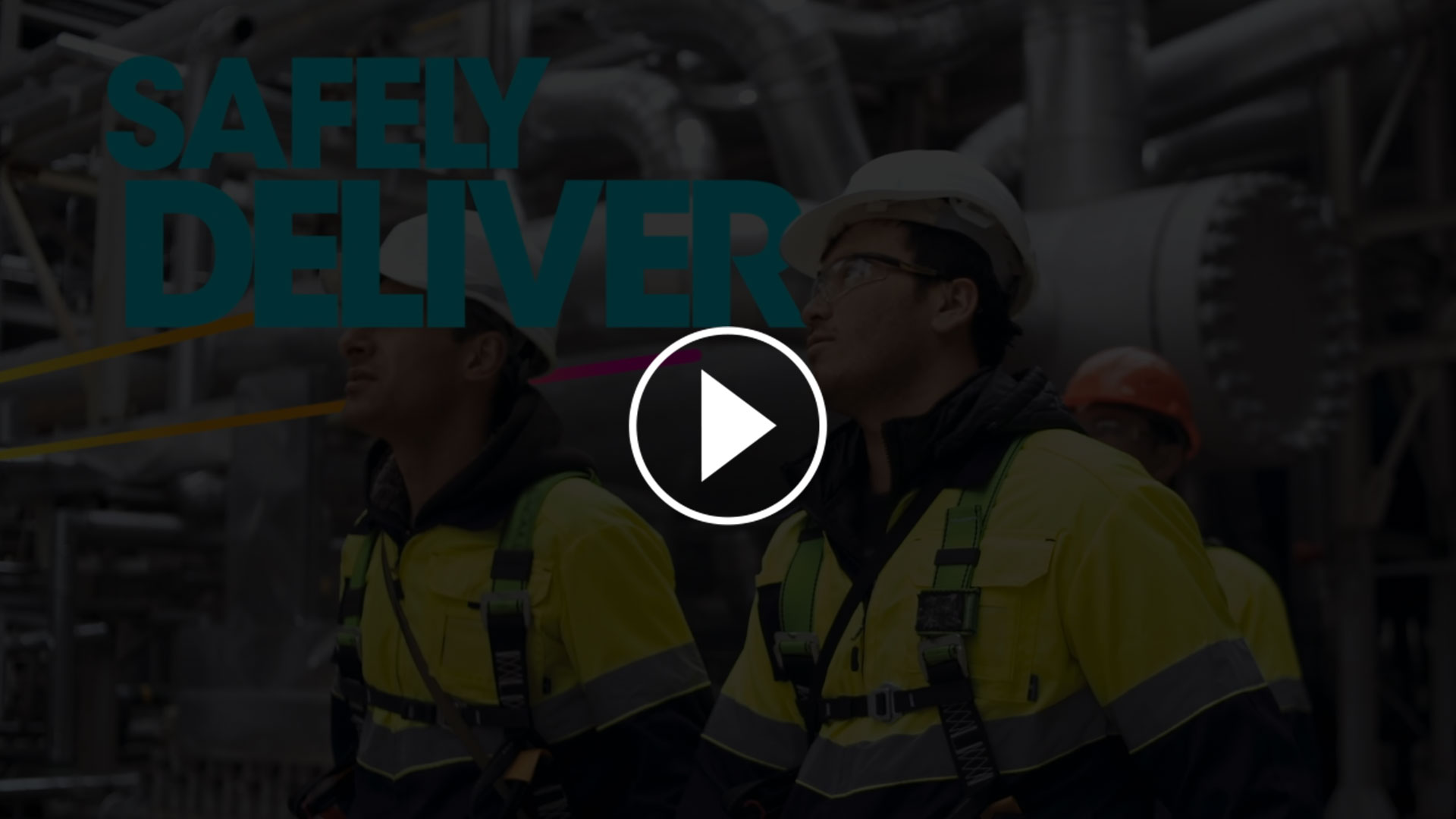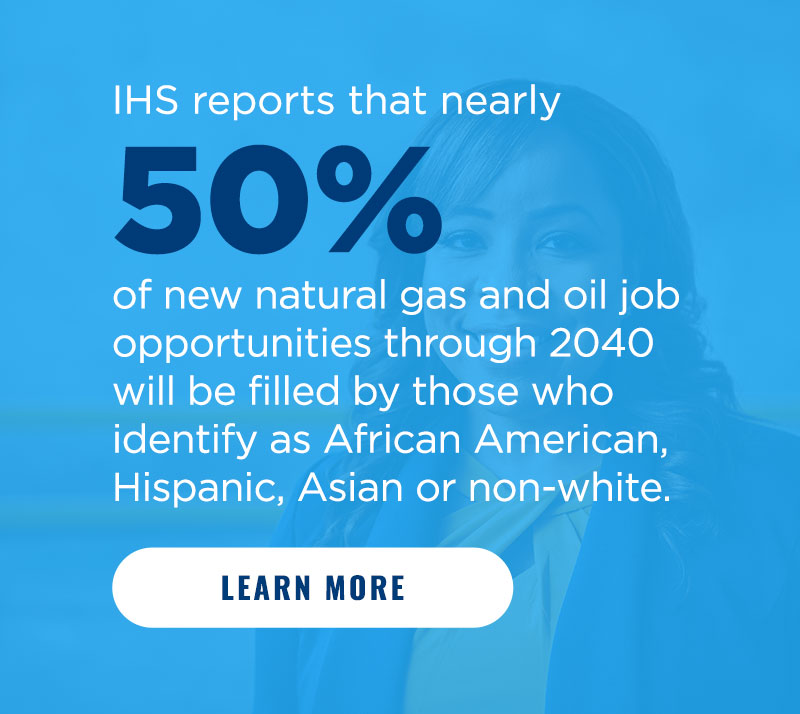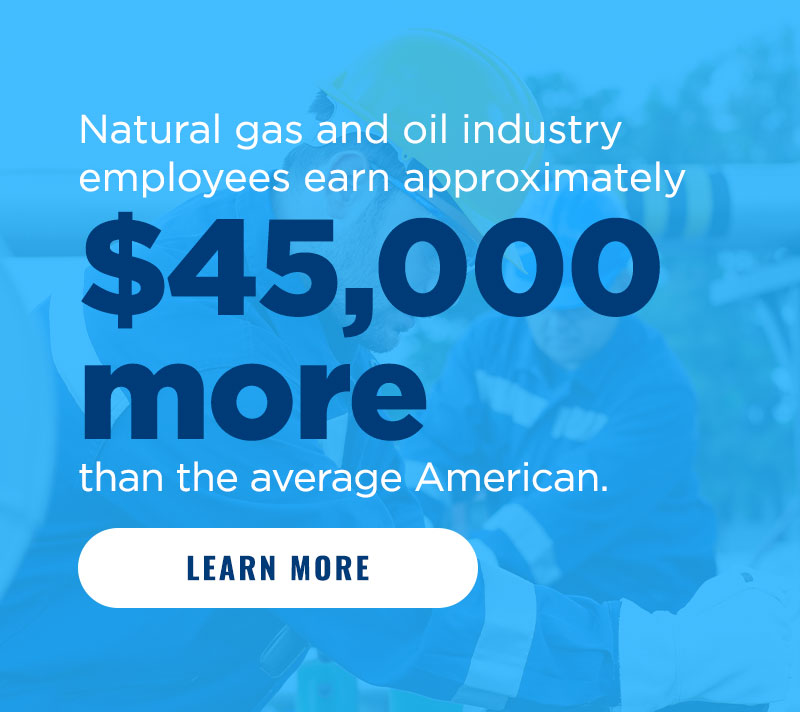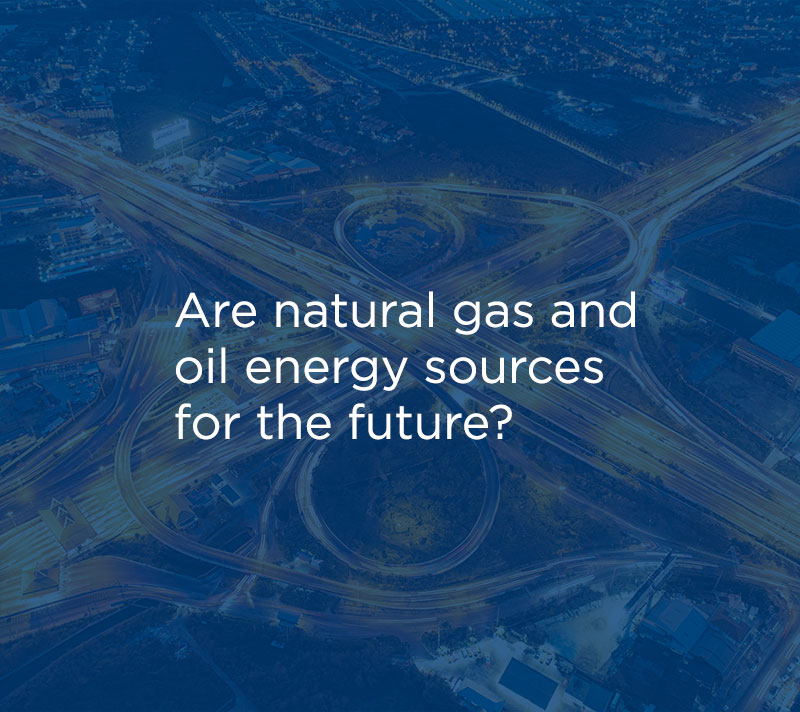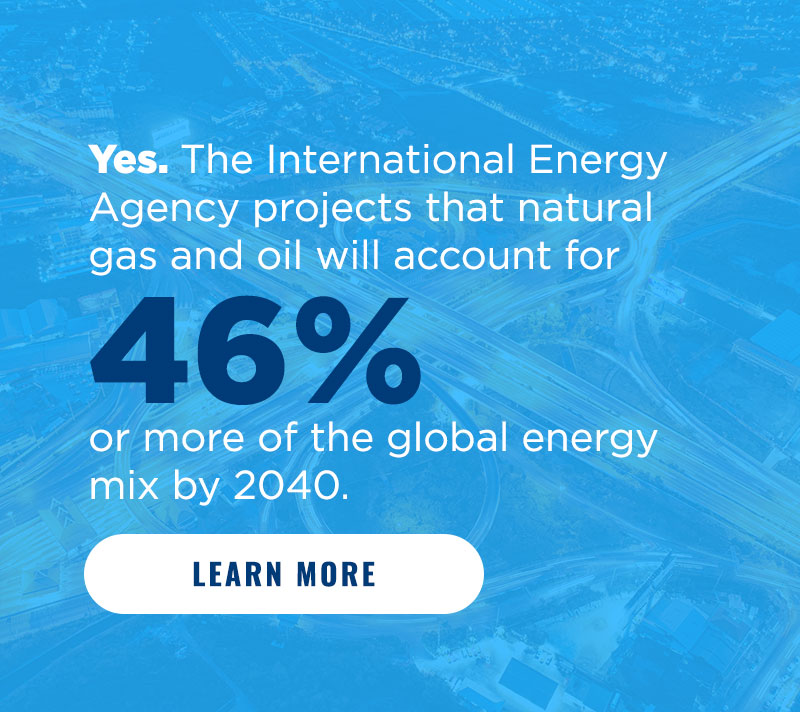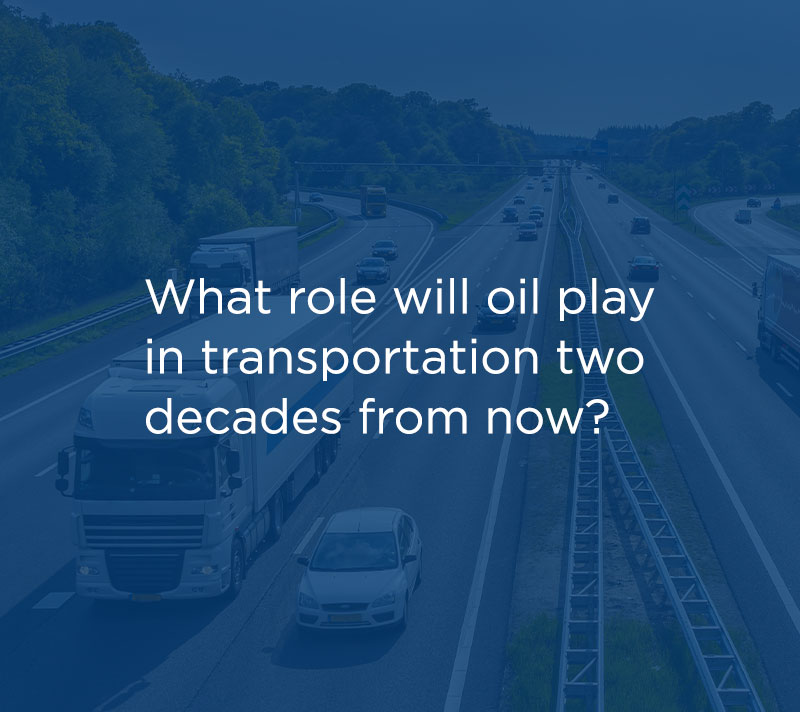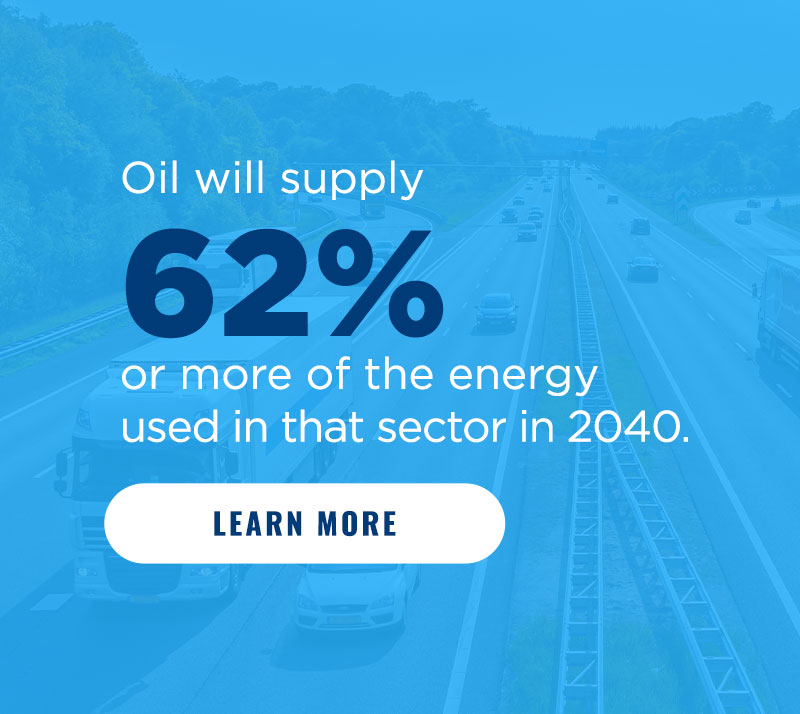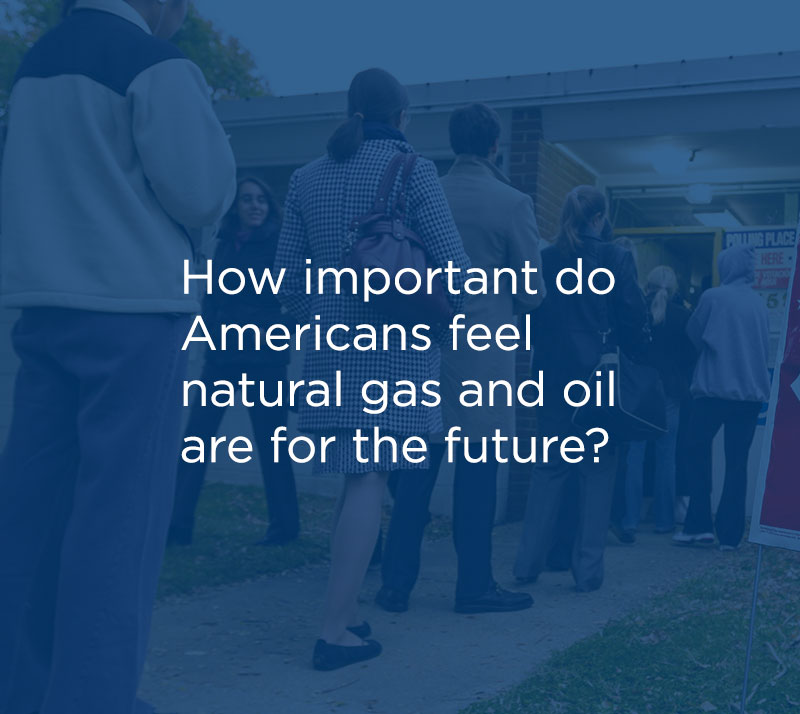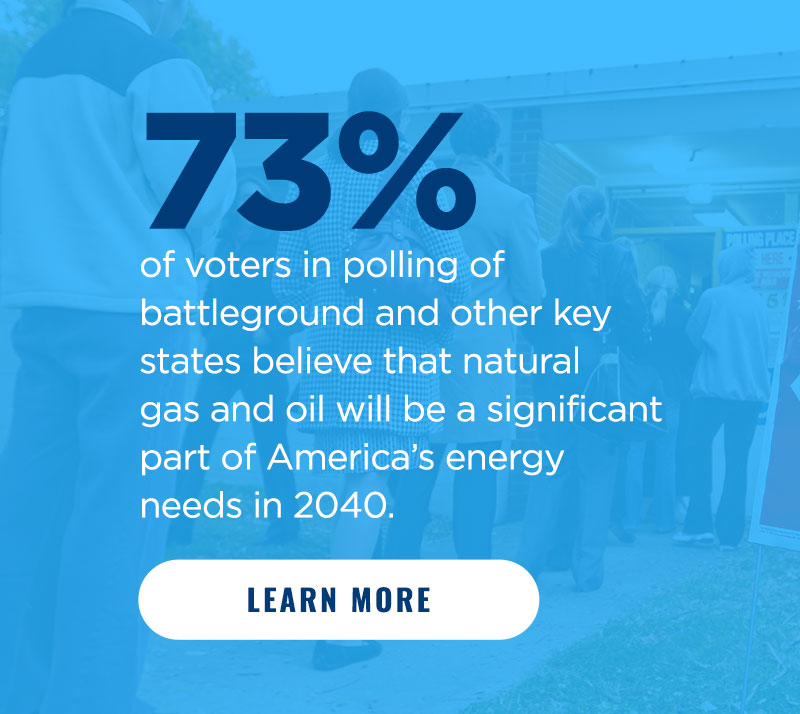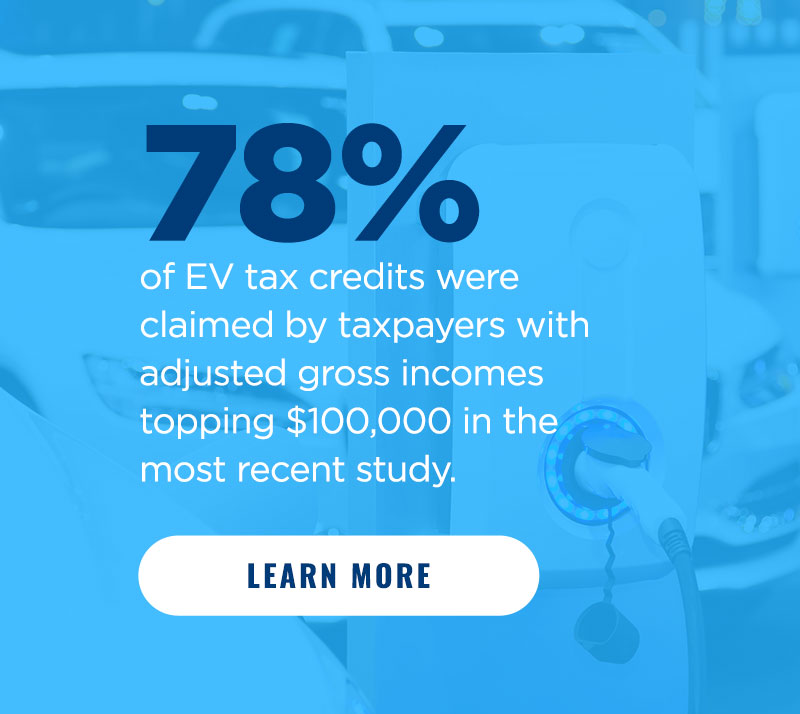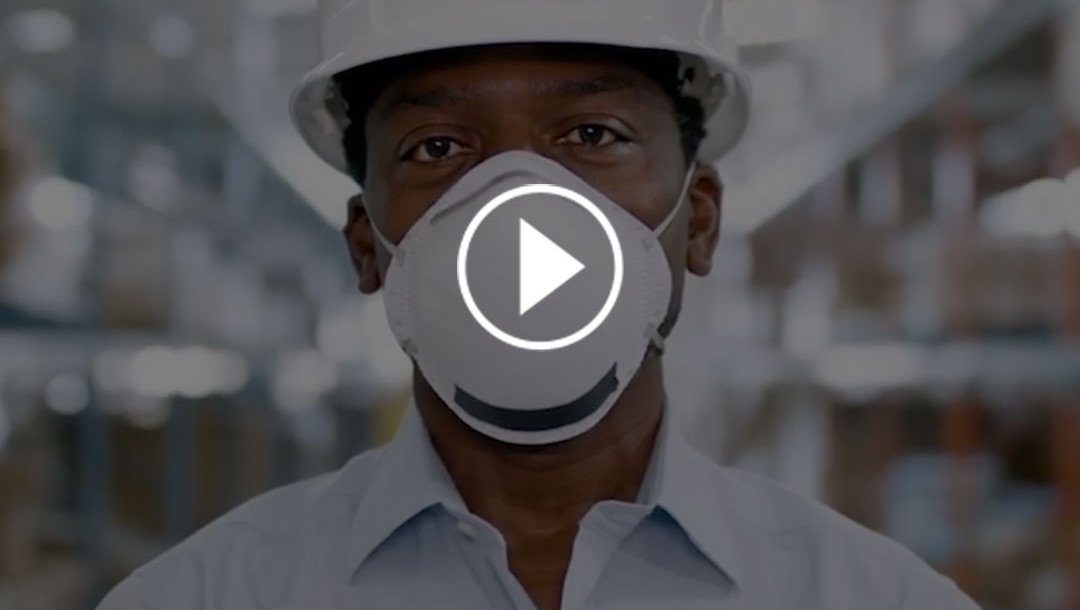
BUILDING THE FUTURE
The natural gas and oil industry is the reliable foundation for America’s economic recovery. We’re ready to help the country build – today, tomorrow and in the future – through innovation and new technologies, to supply affordable, dependable energy while continuously improving environmental performance. API’s all-digital, 2021 State of American Energy report begins now.
POLICIES FOR THE NEW CONGRESS, ADMINISTRATION AND STATE POLICYMAKERS
America’s prosperity, modern standard of living and personal freedoms are built on economic growth and opportunity for all. Energy – abundant, affordable and reliable energy from natural gas and oil – is critical for our country today and in the future. As a new Congress and administration begin work in Washington and state policymakers meet across the country, this policy guide details the energy policies that can help our country build on hard-earned progress.

U.S. NATURAL GAS AND OIL BUILDING TODAY, TOMORROW AND THE FUTURE
Americans appreciate the inextricable links between energy from natural gas and oil and prosperity and security. In the sections that follow, see how our industry is focused on keeping America growing and secure by providing a firm, reliable and resilient energy foundation – safely and responsibly developed to protect the environment as well as the communities in which we operate – Today, Tomorrow and in the Future.

BUILDING TODAY
America is the globe’s energy leader, with high-quality natural gas and oil reserves and a strong, technologically advanced industry that has been integral to every chapter of modern U.S. history. Our industry has the size and resources to help lead a national economic recovery. Energy empowers American progress; it takes energy to grow and adapt, to innovate and move forward – and to build a better future. Today, we’re powering the lives of Americans from coast to coast – keeping the lights on, heating homes, getting people to work, helping family budgets with lower energy costs, reinvigorating U.S. manufacturing and providing the building blocks for the technologies of tomorrow. We’re supporting jobs, strengthening small businesses and helping U.S. companies across a variety of sectors compete in the global marketplace. We’re meeting the challenges of today for a stronger economy and a brighter, cleaner future.

Powering Economic Recovery and Spurring Job Growth
American global energy leadership means increased self-sufficiency and the ability to help Americans find opportunities for better lives – through high-paying industry jobs that are valued by union and non-union tradespeople alike, as well as those industry supports across the economy. Industry supports more than 10 million jobs and contributes billions to U.S. GDP. According to government and private data, we’re driving nearly $290 billion of capital investments currently being maintained or under construction – from pipelines, refinery and petrochemical expansions to processing, storage and export facilities. These kinds of high value-added projects can transform communities and states, contributing an array of benefits throughout the economy not seen in the U.S. in a generation.

Committing to the Highest Performance through
New ‘Energy Excellence’ Initiative
Committing to the Highest Performance through new ‘Energy Excellence’ Initiative
API members affirm their commitment to continuously improving safety, environmental, security and sustainability performance through a new Energy Excellence program. It includes 13 core elements – from corporate leadership and community engagement to emergency preparedness and risk management – that every API member is expected to pursue and reach. The program is a roadmap for applying API/industry standards (see developing professional standards section below), implementing workforce training, participating in performance initiatives and sharing best practices. Members will show progress through annual, transparent reporting, assuring accountability and sustained effort. The goal is API-wide conformance by 2025.

Leading the World in Natural Gas and Oil Production
Natural gas and oil are the most important energy sources for the U.S. and other modern economies – affordable and reliable now and potentially for decades to come. The U.S. is the global leader in natural gas and oil production, built through innovative technologies, including advanced hydraulic fracturing, 4D imaging and horizontal drilling, that harnessed the country’s vast shale reserves – resources that once were economically unavailable.
U.S. Natural Gas and Oil Production
Quadrillion British thermal units

Developing Feedstocks at Refineries That Go Into Products Americans Use Every Day
Refineries provide petrochemical feedstocks that are used principally for the manufacturing of chemicals, synthetic rubber and a variety of plastics found in a variety of everyday products. These include soaps and detergents, solvents, medicine, fertilizers, pesticides, synthetic fibers, paints, epoxy resins, flooring and insulating materials – all things that make daily life better.
Did you know that petroleum is a key ingredient in:
-
 Medicine
Medicine
-
 Toiletries
Toiletries
-
 Electronics
Electronics
-
 Sports equipment
Sports equipment
-
 Clothing
Clothing
-
 Automobiles
Automobiles
Creating Safe Connections Between Energy and Consumers Through Infrastructure
Every day, Americans can count on the delivery of crude oil, natural gas and products through a vast infrastructure network that has grown 12% over the past five years. Transmission and distribution lines total more than 2.6 million miles. Total crude oil and petroleum product barrels delivered by pipelines totaled more than 21 billion barrels in 2017. These are fuels and other finished products that power Americans’ personal mobility and the country’s commerce. They are the components used to manufacture countless consumer items. U.S. pipelines safely deliver products to Americans virtually all of the time, and industry is committed to its goal of operating with zero incidents through a robust safety program. Beyond pipelines, properly investing in both coastal and inland waterway infrastructure ensures that the natural gas and oil industry – in addition to all of the other industries that rely on the U.S. waterway system – can continue to safely transport energy into, out of and around the U.S.

Lowering Household Energy Costs and Supporting Communities
Abundant domestic energy has helped lower energy costs for American households, providing $203 billion in annual savings – about $2,500 a year for a family of four, according to a 2019 White House report. And electricity generated using low-cost natural gas has contributed to even more savings through lower heating bills. Further, gasoline prices in 2020 were about 39% lower than they were in 2011. Meanwhile, the natural gas and oil industry sends billions of dollars to federal, state and local treasuries through taxes, royalty payments and fees. Severance taxes, the vast majority from natural gas and oil activity, contributed more than $14 billion to state treasuries in 2019. Industry pays its fair share in taxes and then some, with an effective tax rate of 34% between 2013 and 2017, compared to 26.7% for the S&P industrials.
Continuously Improving
Our Environmental Performance
Producing More Energy While Lowering Methane Emissions
Methane emissions rates – emissions relative to production – were down nearly 70% in five of the largest producing regions in the U.S. between 2011 and 2019, according to data from EPA and EIA.
Promoting Technologies and Protocols to Reduce Flaring
Participants in The Environmental Partnership, industry’s coalition focused on continuously improving environmental performance, have committed to sharing technologies and best practices to reduce flaring.
Making Products that Perform Better and Cleaner
U.S. refiners are producing cleaner gasoline and diesel fuels which, coupled with advanced vehicle technologies, means today’s new cars, SUVs and pickup trucks are about 99% cleaner for most tailpipe pollutants than vehicles in 1970.
Falling Methane Rates in Natural Gas Production From Key Basins
Metric Tons CO₂ equivalent per million cubic feet produced
Being Good Neighbors
Supporting Conservation and Preservation in All 50 States
Offshore oil and natural gas development has supplied virtually all of the billions of dollars spent since 1965 on parks, conservation and recreation from the federal Land and Water Conservation Fund (LWCF). The LWCF was to distribute more than $227 million to all 50 states, five U.S. territories and the District of Columbia.


Understanding Public Interests, Strengthening Community Relationships
As the industry expands or maintains natural gas and oil infrastructure, pipeline operators must establish local relationships, address performance issues and engage community stakeholders. Critically important is communicating the value of infrastructure to businesses, families and individual consumers. Energy infrastructure creates opportunities for local economic growth and other benefits for communities. The industry’s commitment to being a good neighbor throughout a pipeline project requires ongoing dialogue with local communities and other key stakeholders. API’s Community Engagement Guidelines for Pipeline Projects provide actionable strategies for identifying interests, issues and concerns.

Developing Professional Standards to Protect Workers and Communities
Safety – for industry workers, the facilities where they work and the surrounding community and environment – has been advanced for nearly 100 years through API industry standards. The natural gas and oil industry does not wait for legislation or regulation to advance safety. With more than 700 standards covering all segments of the industry – developed through a rigorous process accredited by the country’s foremost certifying organization, energy development has never been safer.
Click on the image to learn more

Falling. Emissions per unit of production fell
Nearly 70%
in five of America's major producing areas between 2011-2018.


Falling. Emissions per unit of production fell
Nearly 70%
in five of America's major producing areas between 2011-2018.

BUILDING TOMORROW
Natural gas and oil will continue to play a foundational role in the world’s energy mix for decades to come, according to the U.S. Energy Information Administration and the International Energy Agency. Consider: Even if the United States participated in meeting the aggressive sustainability goals of the Paris Climate Agreement, natural gas and oil would be needed to supply close to half of the world’s energy in 2040. Affordable, reliable natural gas will continue to partner with renewables, including wind and solar, so that consumers are served 24/7, rain or shine. Oil will continue to be integral to fuel the world’s transportation sector – supplying 62% or more of energy demand in 2040 – and to others, including manufacturing, pharmaceuticals, consumer products and more. We’ll do this and reduce emissions while we’re doing it through continued innovation and new technologies. These include the broad deployment of carbon capture, utilization and storage, fuel cells, more efficient gasoline- and diesel-fueled vehicles and others. The natural gas and oil industry is at the forefront of next-generation energy research and development that will shape America’s tomorrow and the future. Natural gas and oil are here for the long haul.
World Energy in 2040: Oil & Natural Gas Will Continue to Lead
Produce Natural Gas as a Foundation for a Cleaner Future
Abundant, affordable natural gas is the linchpin for a cleaner future, based on what it already is doing. America has increasingly turned to natural gas to generate electricity, often replacing coal, which has helped lower U.S. carbon dioxide emissions to their lowest levels in a generation. No other nation has cut CO2 emissions more than the U.S. since 2000. Even progressive climate plans include a critical role for natural gas in advancing sustainable technologies. Fuel switching from coal to natural gas has accounted for about 61% of reduced carbon dioxide emissions from the power sector since 2005.
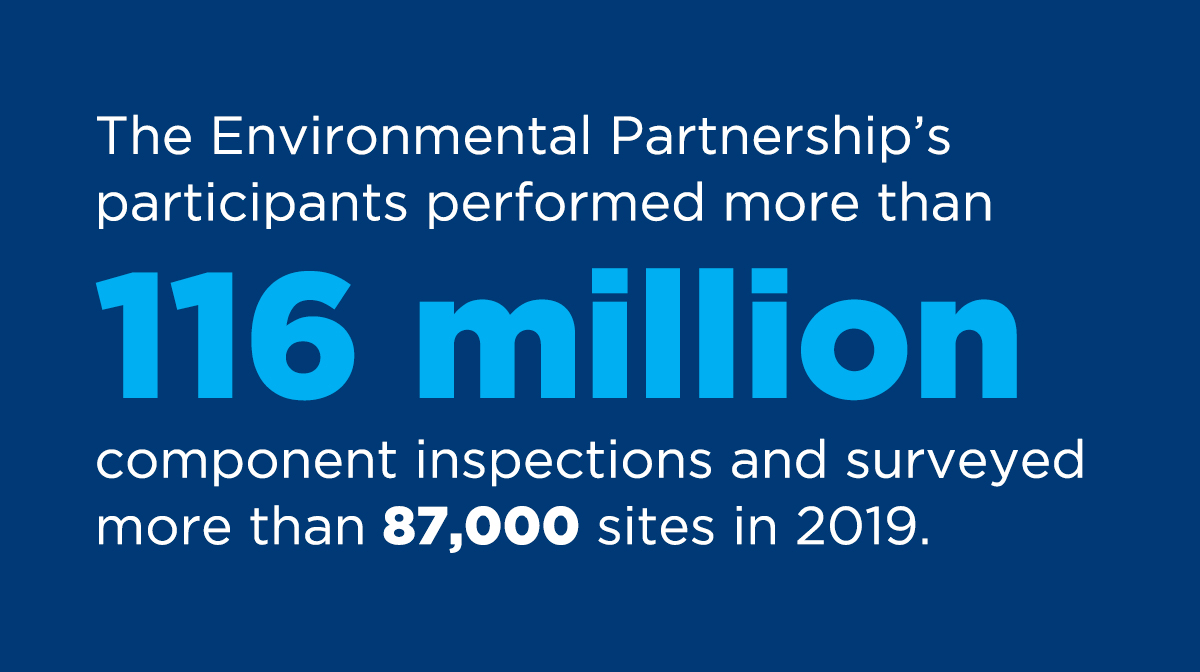
Natural Gas, Renewables and CO2 Savings In Electricity Generation
Since 2006, natural gas accounted for more than 60% of carbon dioxide emissions reductions resulting from fuel switching in the power sector.

Partner Reliable Natural Gas with Renewables
Going forward, the United States needs contributions from all energy sources. As renewable energy grows, it’s clear wind and solar need a reliable, quick-starting partner to expand further, and that’s natural gas. Natural gas has a number of unique attributes that are good for the health of the electricity grid. This allows grid operators and public utilities to invest more in renewables, knowing dependable natural gas will provide fuel for generation when the sun isn’t shining and/or the wind isn’t blowing.

Invent Materials for the Next Evolution of Technologies from Natural Gas and Oil
Crude oil, natural gas, petroleum, coal and natural gas liquids will have an important role to play as sources for a number of carbon-based materials – nanotube and graphene-based components, for example – that can provide effective solutions for future challenges. These are strong, lightweight, highly conductive and biologically compatible. Their applications include micro- and nano-electronics for environmentally actuated sensors, solar cell textiles, roll-up screens for televisions and computers, body prosthetics, inexpensive processes to produce fresh water from sewer water and seawater. Other applications include advanced batteries, corrosion mitigation, improved medical imaging agents and targeted drug delivery and cancer treatments. Large graphene sheets will enable building and transportation materials that are stronger and lighter, which would apply to most auto and aerospace components, rail cars, locomotives, shipping containers, and new ship designs.
Reduce Greenhouse Gas Emissions by Adapting Traditional Refineries to Produce Renewable Fuels
Refiners are doing their part to lower GHG emissions by converting traditional refineries to plants that produce renewable fuels. For example, one company has announced plans to reconfigure its California refinery to process used cooking oil, fats, greases and soybean oils to produce renewable diesel, renewable gasoline and sustainable jet fuel. Another company has initiated the permitting process to convert a California refinery to produce renewable diesel from biobased feedstocks such as animal fat, soybean oil and corn oil. In addition to producing renewable fuels, U.S. refineries also are looking to improve their energy efficiency, which will lead to reductions in GHG emissions.
Improve Efficiency of Liquid-Fueled Vehicles
Ongoing research in the formulation and application of advanced motor fuels, lubricants and petrochemicals will continue to support efforts to mitigate the growth of GHG emissions and improve efficiency in the transportation sector. For example, the use of lightweight plastics and polymer-composite technologies in automobiles has contributed to improved fuel efficiency while keeping passengers safe. National Highway Traffic Safety Administration (NHTSA) studies from 2012 and 2017, concluded that plastics and composites (which are primarily manufactured using petrochemical feedstocks supplied by refineries) can offer considerable weight savings in the vehicle while still satisfying safety requirements. Additionally, refiners are actively partnering with the auto industry through the Coordinating Research Council and the U.S. Department of Energy Co-Optima and USDRIVE pograms to identify new ways to improve fuels and advance the design of combustion engines to boost efficiency and reduce emissions.
Click on the image to learn more

BUILDING THE FUTURE
While we can’t know precisely what lies beyond America’s far horizon, we’re confident it will be brighter and cleaner because of today’s natural gas and oil abundance and our adapting, evolving industry. Long-range forecasts, glimpsing the second half of this century, suggest natural gas and oil will be an important piece of the energy picture – even as our companies pioneer new technologies to continue increasing production efficiency, maximize reserves, protect the environment and open paths to new energy sources altogether. We’ll help solve some of society’s biggest energy challenges – and challenges in other sectors of society, too – because that’s what we’ve always done. We’ll do our work to bring American energy forward and to help Americans in the future have better lives.
Support Industry’s ESG Engagements
The natural gas and oil industry’s continuous focus on environmental, social and corporate governance issues – which is integral to the way companies conduct business – is based on recognizing the relationship between effective management of these issues and a company’s operational performance. While our members always have been responsive to the financial sector’s expectations, the partnership between the two is growing. There’s an increase in corporate reporting on climate risks and opportunities and the way companies manage both. Taking action to reduce greenhouse gas emissions associated with the natural gas and oil industry is at the core of industry’s mission, and API’s Climate Policy Principles underscore industry’s commitment to engage constructively on climate policymaking.
Assemble a More Diverse, Inclusive Workforce to Tackle Future Challenges
Industry itself is preparing for the future by building the workforce of the future, one that grows in its diversity and inclusiveness – because industry needs the intellect and creativity of people from all races, ethnicities, genders and experiences to tackle challenges ahead. In short, diversity makes us better. Our companies are laying this foundation by helping increase educational opportunities for more students in science, technology, engineering and mathematics (STEM). They’re also diversifying supply networks by engaging more minority-owned businesses. Nearly 50% of new industry-related job opportunities will be filled by African Americans, Hispanic Americans, Asian Americans and non-whites through 2040.

Expand Deployment of CCUS to Further Reduce CO2 Emissions
Broadening the use of carbon capture, utilization and storage is key to a lower-emissions future, one that will continue to be powered in large part by natural gas and oil – about half and perhaps more of the world’s energy use in 2040, according to the International Energy Agency. The National Petroleum Council – an advisory group that includes the oil and natural gas industry, other industries, federal and state government officials, prominent associations and NGOs, and public and private universities – recommends substantial increases in government policy support for deployment of CCUS at scale – 16 times today’s level of capture in the next 25 years.

Serve More Americans with Affordable Energy via Modern Infrastructure
Affordable, reliable energy can be made available to Americans in all parts of the country by adding to the nation’s infrastructure network – pipelines built with state-of-the-art materials and serviced with next-generation technologies that enable real-time responses to any integrity issues that may arise. Building toward the infrastructure network of the future will require furthering stakeholder involvement, from pre-planning stages through to completion and into operation. The goal will be broader, fairer access to dependable energy in under-served parts of the country.
Act to Ensure Future Grid Reliability
The electricity grid of the future will be more stable, reliable and stronger to serve the needs of consumers everywhere – lowering emissions and keeping the lights on. It will require generating fuel sources to support the grid’s complex engineering needs. Natural gas generation provides dispatchable, affordable and flexible power to maintain electric reliability while accommodating the integration of additional intermittent renewables such as wind and solar. California’s difficulties meeting electricity demand last year illustrates the need for natural gas as the foundation power generation.

Increase Energy Production and Efficiency through Technology
A wide range of emerging technologies will help our industry meet growing demand for natural gas and oil as efficiently as possible. From new forecasting analytics that predict the amount of natural gas and oil to be found in newly drilled wells, to using microscopic saltwater droplets and inexpensive, non-toxic nanofluid to enhance oil recovery, industry’s partners in scientific research are working on ways to make production more efficient – ultimately benefiting consumers.
Deploy New Innovations to Further Reduce CO2 Emissions
Beyond natural gas’ ability to reduce CO2 emissions fueling electricity generation, innovations and developing technologies could lower them further in other processes that use natural gas. A method called chemical looping combustion, allowing natural gas facilities to operate without any emissions, is under research. Another study by MIT scientists, with industry support, would use membranes made of anodized aluminum oxide to continuously remove CO2 from waste gases in a range of industrial exhaust systems and from the air itself. Still another methodology, which is being developed by National Institute of Standards and Technology researchers, uses a chemical process at room temperature – versus the high temperatures of conventional processes – to eliminate CO2 in power plant exhaust and also reduce costs and energy requirements in chemical manufacturing.

Click on the image to learn more
Ready to Build the Future
With abundant and affordable natural gas and oil as a foundation, the United States can look to a future full of possibilities that will benefit Americans, their families and our country, together.

